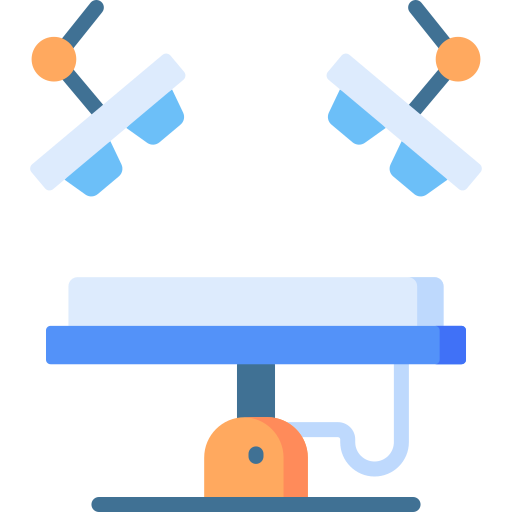2-1. Cardiac arrest

Objectives
The probable cause is one or more of: something related to surgery or anaesthesia; the patient’s underlying medical condition; the reason for surgery; equipment failure.
The first priority is to start chest compressions, then get help, then find and treat the cause using the guideline.
|
START ❶ IMMEDIATE ACTION
❷ Adequate oxygen delivery
❸ Airway
❹ Breathing
❺ Circulation
❻ Systematically evaluate potential underlying problems and act accordingly (Box A). ❼ If there is return of spontaneous circulation, re-establish anaesthesia.
|
Box A: POTENTIAL CAUSES
|
||||
|
Box B: DRUGS FOR PERI-OPERATIVE CARDIAC ARREST
Thrombolysis for suspected massive pulmonary embolus. |
|||||
|
Box C: DEFIBRILLATION
Use 3 stacked shocks in cardiac catheterisation lab. |
|||||
|
Box D: DON'T FORGET!
Ventilator can free up hands but remember to set to volume control. Minimise intrathoracic pressure: avoid excessive tidal volume and hyperventilation. |
Editorial Information
Author(s): The Association of Anaesthetists of Great Britain and Ireland 2018. www.aagbi.org/qrh Subject to Creative Commons license CC BY-NC-SA 4.0. You may distribute original version or adapt for yourself and distribute with acknowledgement of source. You may not use for commercial purposes. Visit website for details. The guidelines in this handbook are not intended to be standards of medical care. The ultimate judgement with regard to a particular clinical procedure or treatment plan must be made by the clinician in the light of the clinical data presented and the diagnostic and treatment options.
Version: 1
